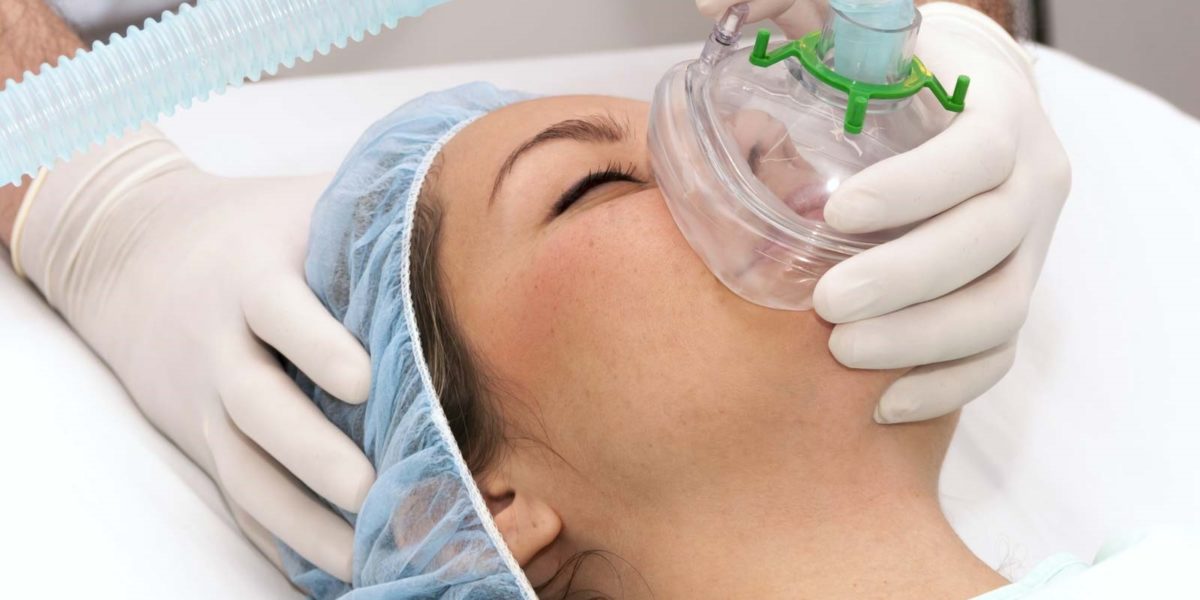Most people know that when a patient undergoes any type of operation, in addition to the surgeon, an anesthesiologist is generally involved in putting the patient “to sleep.” But many are not aware of the full scope of the anesthesiologist’s responsibilities. This article will discuss the role and responsibility of this doctor, as well as various areas of potential anesthesia malpractice.
Preoperative Care
Before surgery, the anesthesiologist should perform a preoperative evaluation. Depending on the nature of the surgery (emergency vs. elective), the scope of this evaluation may vary. It can range from taking a history such as whether the patient has ever received anesthesia before, and if so, whether there were any complications, to reviewing test results. The purpose of this evaluation is to ensure that it is medically safe for the patient to undergo surgery, determine that certain steps must be taken to clear the patient for surgery or maximize his/her preoperative condition, and develop an anesthesia plan. Different types of anesthesia include:
- General anesthesia – a patient is put to sleep and intubated
- Spinal – medications are administered to the spine to numb the patient from the waist down
- Regional nerve block – An injection is given to eliminate sensation from a body part, typically, an arm or leg
- Conscious sedation – intravenous medications are administered to sedate the patient so he/she is unaware of the procedure being performed, but remains able to breathe independently.
Intraoperative Care
In the operating room, the anesthesiologist is responsible for patient safety and well-being throughout the surgery. This is done by performing continuous monitoring and assessment of the patient’s condition including vital signs, controlling pain level/consciousness and taking any steps necessary to maintain the patient’s condition. This could include administering medications to adjusting the patient’s heart rate, blood pressure, or ensuring that sufficient oxygen is being delivered.
Postoperative care
After the surgery is completed, a patient is typically transported to the Post-Anesthesia Care Unit, also known as the Recovery Room. While in this area, the patient remains under the care of the anesthesiologist and specialized nurses to ensure that the patient is not suffering any adverse effects from anesthesia and ensure that pain is controlled.
Types of anesthesia malpractice
- Preoperative errors – Failure to properly review medical records or appreciate medical history could result in a patient receiving anesthesia when it is not medically safe based on medical history or the last time food was ingested.
- Intubation/extubation errors – An improperly positioned endotracheal tube could result in anoxic/hypoxic brain injury due to insufficient oxygen, perforated trachea/esophagus, or paralysis of the vocal cords.
- Medication errors – An anesthesiologist must administer proper medications to maintain appropriate sedation and stabilize a patient’s condition. Examples of medication errors include administration of the wrong dose (too much or too little medication), giving a medication that a patient is allergic to, or giving a patient that causes a reaction in a patient based upon prior medical history or other medications being taken.
- Inadequate monitoring – If the anesthesiologist fails to recognize that a patient’s condition is deteriorating, such as unstable blood pressure, heart rate or respiratory rate, cardiac or respiratory arrest may occur. Additionally, patients must be properly positioned, moved, and padded to prevent nerve injury.
The law firm of Sanocki Newman & Turret, LLP has been successful in litigating personal injury and wrongful death cases involving anesthesia medical malpractice. If you are the spouse, child, or parent of a family member who was injured or has died as a result of medical negligence, you can seek compensation for pain and suffering, as well as economic loss, which you and your other family members may be entitled. Please contact us for a consultation at (212) 962-1190.


